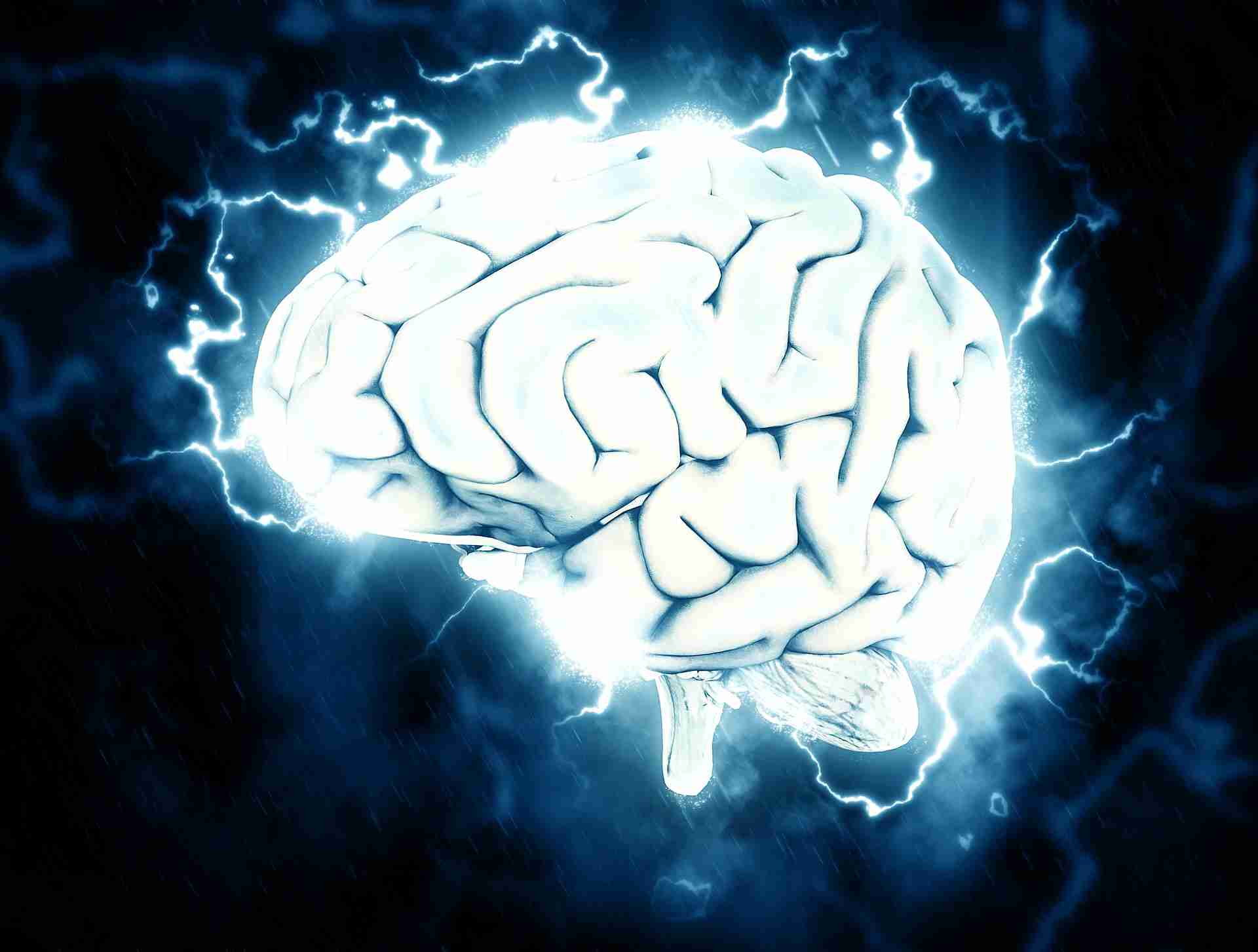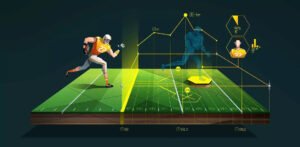Science Tips
Advanced AI Tumor Classification, AI in Healthcare, Artificial Intelligence, Brain Cancer Research, Brain Tumor, brain tumor diagnosis, brain tumor medication, Brain Tumor Treatment, can you remove a brain tumor, Cancer Treatment, Chemotherapy for Brain Tumors, Glioblastoma, High-Performance Computing in Oncology, how are brain tumors detected, Immunotherapy for Brain Cancer, Machine Learning, Machine Learning for Tumor Detection, Medical Imaging, Medical Imaging for Brain Tumors, Non-Surgical Brain Tumor Treatment, Non-Surgical Treatment, Oncology, Radiation Therapy for Brain Tumors, Targeted Drug Therapies for Tumors, treat brain tumor, Tumor Segmentation with AI
0 Comments
Brain Tumor Treatment Identify with Machine Learning
Contents
hide
Brain tumors are a diverse category of abnormal growths in the brain, classified as primary tumors based on their cell type, level of aggressiveness, and tumor stage. Swift and precise characterization of brain tumors is essential for developing effective treatment strategies. Currently, radiologists diagnose and classify tumors using medical imaging, but artificial intelligence (AI) and high-performance computing are emerging as powerful tools to assist in this process.
George Biros, the head of the University of Texas at Austin’s Database Analysis and Simulation Lab, is a leading expert in mechanical engineering and parallel computing algorithms. His team, alongside researchers from other universities, has spent nearly a decade developing computational methods specifically designed for glioma classification. Their work focuses on making tumor analysis more accurate and cost-effective.
AI-Powered Brain Tumor Classification
The Role of AI in Medical Imaging
AI-driven systems have shown significant potential in classifying brain tumors using machine learning techniques and biophysical tumor growth models. AI can process vast amounts of medical imaging data faster and more accurately than traditional methods, improving early diagnosis and treatment planning.
Biros and his collaborators at the University of Pennsylvania, the University of Houston, and the University of Stuttgart presented their findings at the 20th World Congress on Medical Image Computing and Computer-Assisted Intervention (MICCAI 2017). Their research demonstrated the effectiveness of AI-based tumor classification, using MRI data to identify different tumor types.

Machine Learning and Tumor Segmentation
Professor Miriam Mehl led a study utilizing an automated method that integrates biophysical models with machine learning algorithms. The Texas Advanced Computing Center (TACC) provided the necessary computational power to analyze glioma patient MRIs effectively.
Biros’s team tested their AI approach at the Multimodal Brain Tumor Segmentation Contest (BRaTS’17), a global competition that evaluates computer-aided detection and classification of brain tumors. Their AI system ranked in the top 25% of submissions, demonstrating its ability to accurately distinguish between different tumor subtypes.
Symptoms and Risk Factors of Brain Tumors
Brain tumors can cause a wide range of symptoms depending on their location, size, and growth rate. Common symptoms include:
- Persistent headaches
- Nausea and vomiting
- Seizures
- Vision or speech difficulties
- Memory loss or cognitive impairment
- Balance and coordination issues
Risk factors associated with brain tumors include genetic predisposition, exposure to radiation, and certain environmental conditions. Glioblastomas, the most common and aggressive type of brain tumor, pose significant treatment challenges due to their rapid growth and resistance to standard therapies.
Computational Approaches to Tumor Detection
Training and Testing AI Models
Biros’s team worked with over a dozen students and researchers to train AI models using 300 sets of brain scans. These scans were used to refine machine learning algorithms and improve tumor classification accuracy. During the competition, teams were given MRI data from 140 patients and tasked with categorizing tumor tissues within 48 hours.
“We needed as much computing power as possible to process the data efficiently,” Biros explained.
The team’s post-processing and prediction workflow involved two main steps:
- Supervised Machine Learning: The AI system classified predefined tumor regions, such as the entire brain tumor, edema, and tumor cells.
- Unsupervised Machine Learning: The system used probability maps to refine predictions and incorporate tumor growth models for improved classification accuracy.
By leveraging high-performance computing resources from TACC, the team applied the nearest neighbor predictor, a computational technique that analyzes each voxel in an MRI scan to determine whether it represents a tumor or healthy tissue. Given that each MRI contains millions of data points, this required extensive computing power.

High-Performance Computing for Tumor Analysis
Utilizing Supercomputers for Faster Processing
Biros’s team used multiple TACC supercomputers, including Stampede2, one of the world’s most powerful computing clusters. The system processed complex machine learning algorithms simultaneously across multiple nodes, significantly reducing computation time.
“In the spring, we were among the first groups to access Stampede2 processors, allowing us to fine-tune our algorithms using cutting-edge hardware,” Biros noted.
By employing advanced partitioning software and microprocessor clusters, the team could analyze tumors with greater precision than many competing research groups that relied on simpler classification models.
Non-Surgical Treatments for Brain Tumors
Advances in Non-Invasive Therapies
While surgery remains a common treatment for brain tumors, non-surgical options are gaining traction. AI-assisted diagnostics are helping doctors personalize treatment plans based on tumor characteristics. Some promising non-surgical treatments include:
- Radiation Therapy: High-dose radiation targets and destroys tumor cells while minimizing damage to healthy tissue.
- Chemotherapy: Advanced drug therapies can slow tumor growth and improve patient outcomes.
- Immunotherapy: Cutting-edge treatments harness the body’s immune system to recognize and attack cancer cells.
- Targeted Drug Therapies: AI-driven drug discovery is identifying new medications that specifically inhibit tumor growth.
- Tumor-Treating Fields (TTF): Electrical fields disrupt tumor cell division, offering a non-invasive treatment alternative.

Future Implications of AI in Oncology
The integration of AI in brain tumor research is transforming oncology by enhancing diagnostic precision, improving treatment personalization, and expediting research breakthroughs. As machine learning algorithms continue to evolve, their ability to detect, classify, and predict tumor behavior will only become more sophisticated.
Conclusion
Artificial intelligence and high-performance computing are revolutionizing brain tumor detection and classification. Researchers like George Biros and his team are leveraging cutting-edge computational methods to analyze brain tumors with unprecedented speed and accuracy. By combining AI with medical imaging, non-surgical treatment strategies, and high-performance computing, the future of brain cancer treatment looks increasingly promising.
The ongoing advancements in AI-driven diagnostics are paving the way for more effective, personalized, and minimally invasive treatments, ultimately improving patient survival rates and quality of life.












